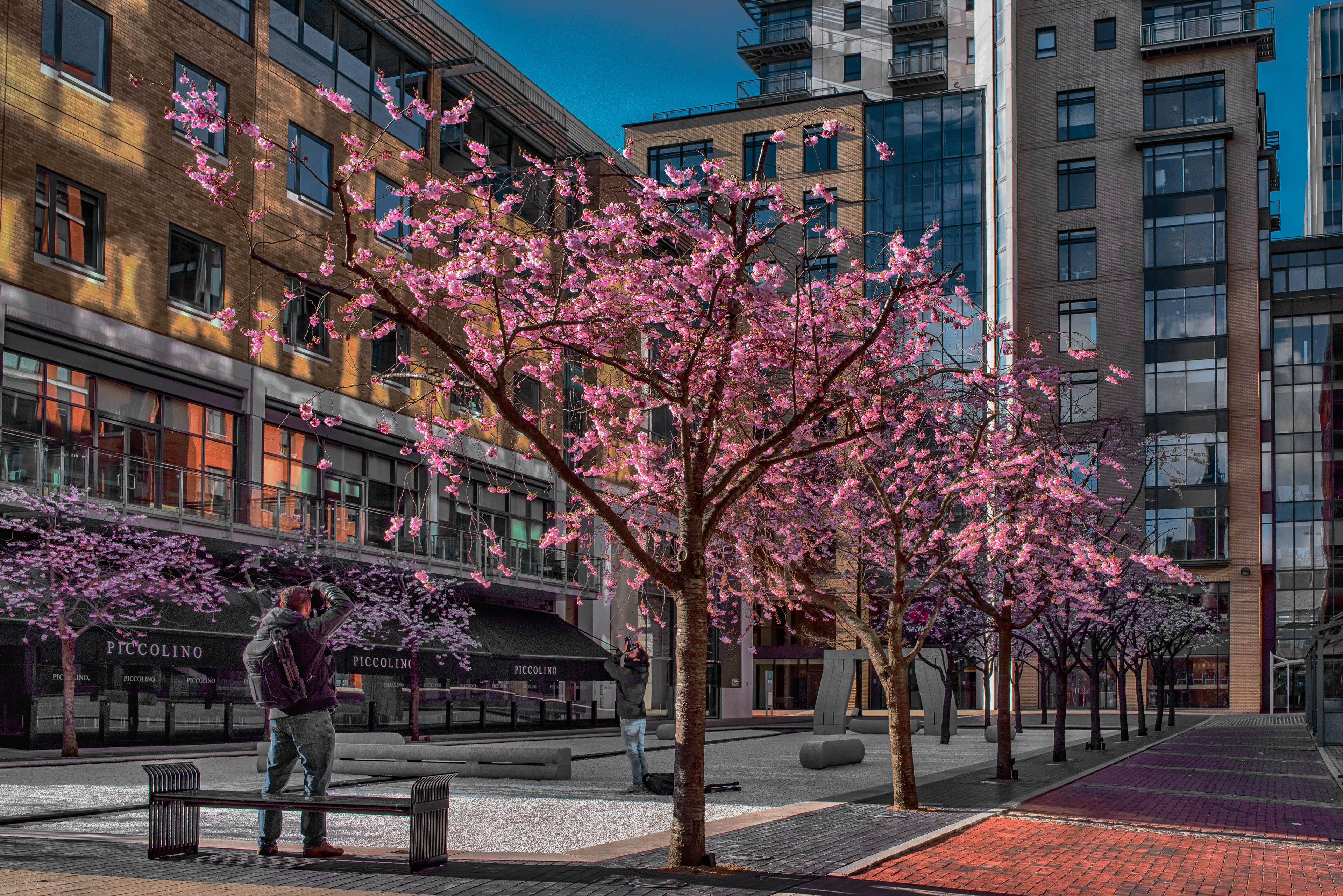Garry Winogrand, well-known for his prolific output of photographs, chose not to develop or review his images immediately. He amassed a substantial collection of undeveloped film rolls, with some remaining unprocessed for extended periods. A similar practice can be observed in the work of Vivian Maier, who captured thousands of photographs depicting everyday life on the streets of New York and Chicago. She left most of these as negatives stored in boxes, only to be discovered by chance in 2007. Other photographers, such as Saul Leiter, Arnold Newman, and Ernst Haas, intentionally allowed time to pass before processing their films and printing their images.
In the era of digital photography, where LCD screens provide instant feedback, these experiences remind us that taking a step back, creating a certain distance from the immediacy of the act of photographing, can add value to the results. However, they also offer another valuable lesson: the process of capturing images, with all that it entails (both behind and before the lens), may be more compelling than what comes next – to some extent, even more compelling than the photographs themselves.
Who knows if those who keep taking photographs in the following series share the same feeling (si licet parva, as the saying goes)
